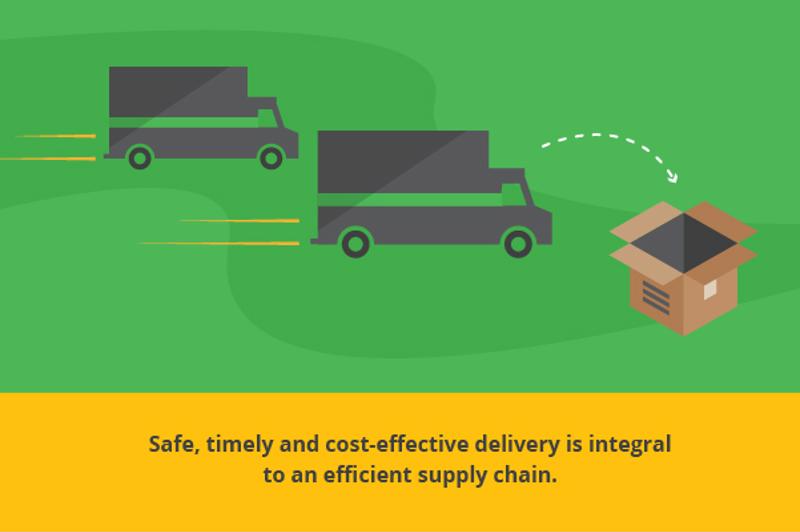In a natural disaster such as a major hurricane, tsunami, or earthquake, people even far away from the incident might feel its effects due to the breakdown of supply chains running through that area. Disruptions to the networks that distribute and deliver critical goods could cause many items that had previously been taken for granted to become scarce.
It doesn’t even take a high-profile natural disaster for such delays to become noticeable. For example, in 2004, an unexpected blockage in the Suez Canal delayed many holiday shipments of the Sony PlayStation 2 video game console to Europe.
Most supply chain disruptions aren’t that dramatic or connected to high-profile consumer products. Still, they make themselves felt in the form of higher prices and sudden shortages for consumers and steep financial losses for organizations.
If you run a supply chain-oriented organization, avoiding and mitigating disruptions is a priority. A lot can go wrong, but fortunately there are numerous technologies and practices that can lessen overall risk and avoid negative ramifications for the bottom line.

A look at some of the biggest supply chain risks and how they lead to disruption
We’ve already highlighted a few of the common culprits of supply chain disruption — natural disasters and transportation failures. These causes and a few others merit deeper attention to understand how they can be effectively mitigated.
Natural disasters
Storms, earthquakes, fires and more are all prominent external risks to supply chain management that can slow down or compromise shipments altogether. The extent of the damage they do often depends on how geographically diverse and redundant a supply chain is. Planning ahead with dispersed facilities and transportation networks that also run through lower-risk locales (e.g., maintaining a backup data center in a part of California that’s not near a fault line) can help head off some of the more than $200 billion in annual economic losses attributable to natural disasters.
Transportation issues
Safe, timely and cost-effective delivery is integral to an efficient supply chain. Many complications can arise en route to streamlined logistics, though. In addition to congested or closed-off transit routes, there’s the possibility of theft and fluctuating fuel costs that can put pressure on margins. For example, rising diesel costs in the late 2010s have made truck transportation more expensive. Contingency planning and route optimization are necessary for minimizing the impact of these problems.
Planning and forecasting
To some extent, supply chain damages from natural disasters and transportation issues are unavoidable, since the events are mostly exogenous. This isn’t the case with planning and forecasting failures, however. Whether a supply chain organization can accurately predict demand and ensure that all the necessary infrastructure is in place to respond to any changes thereto will depend on how it has set up its supply chain technologies and processes. Adding cloud-based ERP and planning systems, integrating legacy IT systems with new ones and weaving in innovations such as blockchain, artificial intelligence and the Internet of Things (IoT) can all greatly improve the efficiency of a modern supply chain. That leads to fewer surprises on the demand side as well as more effective responses to adverse events.
Keeping pace with industry changes
Thanks to everything from evolving regulations to advances in specific technologies like ERP and IoT, supply chain companies can never stand still if they want to be able mitigate disruptions in their supply chain and maintain a competitive advantage. Staying up-to-date can be challenging, but doing so is much easier with the help of integrated supply chain experts who have a track record managing complex projects. Management consultants, project managers and other experienced personnel can review what’s already in place, suggest company-specific improvements and monitor ongoing progress, even after the go-live date. This level of support can be the difference between a supply chain that evolves to mitigate the wide variety of risks and one that leaves its organization flat-footed when disaster strikes.
How to ensure your supply chain is on the right track
Supply chains are ever-evolving constructions, requiring constant attention and optimization. Inspirage can help your organization stay ahead of the curve by sharing our expertise and guiding your project from start to finish. Learn more by visiting our resource center or contacting our team directly!